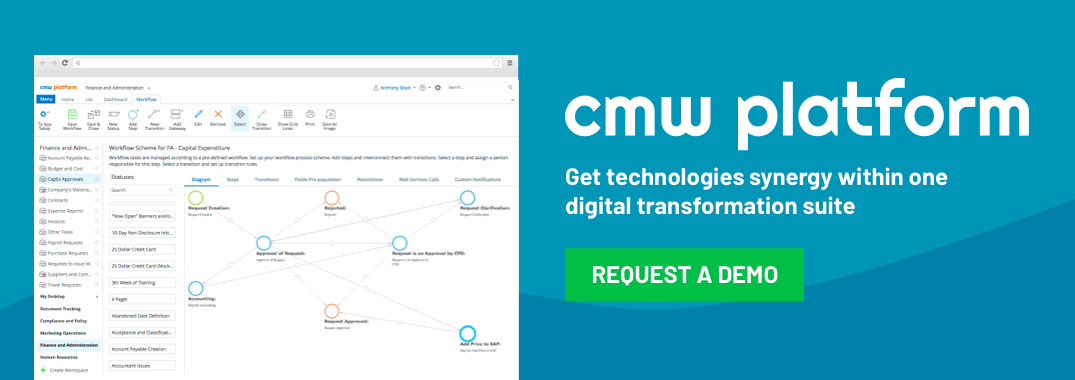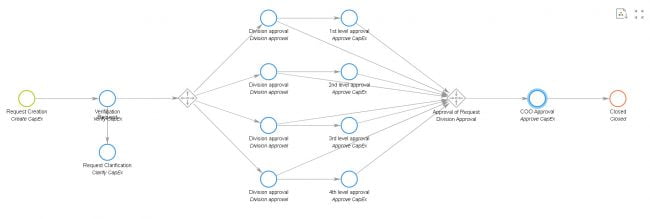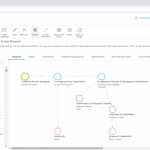Workflow Optimization as a Key to Operational Excellence
April 13, 2021
Workflow processes are part and parcel to every successful business. This is where you document and clarify basic steps in a given process so as to find ways to improve efficiency or to troubleshoot for errors. Finding ways to do task “x” in less time, with fewer errors, and with fewer human labor hours involved can really streamline the way a larger, more complex process runs, as well as reduces redundancy and the potential for error.
The whole business operation can be broken down into processes or sets of tasks that are required to complete a particular step in a larger process and move on to the next. It can be a bit tricky to visualize these at first, but once you get started, you will likely always be thinking in steps to find ways that a system can run more smoothly or reduce the likelihood of bottlenecks somewhere in the process.

Workflow optimization is the process of going through already existing processes to find ways to increase efficiency and reduce the potential for delays or errors. For larger businesses that already have a ton of processes in place, this can seem incredibly daunting and out of the question, but it really is important to the overall success of the enterprise. The truth of the matter is that you should always be looking for ways to improve workflow processes to make them more seamless.
Workflow Optimization
Though this sounds like a daunting task, there is actually some great software out there, such as offered by Comindware, that can be used to automate workflow optimization and reduce the need for human input in the process. Optimization of processes will improve the efficiency of the process, increase transparency, reduce the risk for error, allow all employees more of a stake in the process, and can even simplify the adoption of new processes or routines.
Since workflow can involve a number of steps and seemingly-unrelated processes, it might seem like using software to manage this would be pretty complicated and require a decent amount of technical knowhow, but this isn’t the case. It should be stated that some automation and workflow software does have a bit higher of a learning curve than others, but there are plenty of options that allow even those without tech-savvy to utilize the program.
Benefits to Workflow Optimization
Machine learning has improved to the point where the software is intelligent and can learn with time and experience, much like a person, thus making it an incredibly powerful and useful tool. When properly configured, it can make real-time decisions on whether or not to move a process forward. You can use this software to manage a range of complicated tasks with ease.
Even if you work in an industry that will require some human input to move a task forward (say, for example, a person needs to ensure the safety of a process before moving on to the next step), workflow automation software is designed to handle this and will notify the appropriate parties when the process reaches a point where human input is needed. Computerized tasks are very simple to automate and with cloud-based solutions, the information can be accessed anytime, from anywhere.
 Get your workflows automated within days, not months, and enjoy better team productivity.
Get your workflows automated within days, not months, and enjoy better team productivity.Considerations for Choosing Workflow Software
A well-designed set of workflow optimization tools can even integrate software and other systems within its processes, allowing you to automate and more easily manage outside software or other systems. These systems can improve coordination between departments and even outside resources that may be stakeholders in a given process. With a bit of experience, you can maximize the ability to integrate with other software suites and stakeholders.
Not all workflow optimization software is created equal though. Some are easier to use than others, so the skill level of the people expected to use the software needs to be kept in mind when determining which solution to go with. It will need to have the ability to integrate with all the important systems within your organization and to make real-time decisions that might slow down a process and leave room for error. The software will have great data analytic tools that allow users to monitor the progress of a given process as well as to make strategic plans and decisions based on the information provided by the software.


